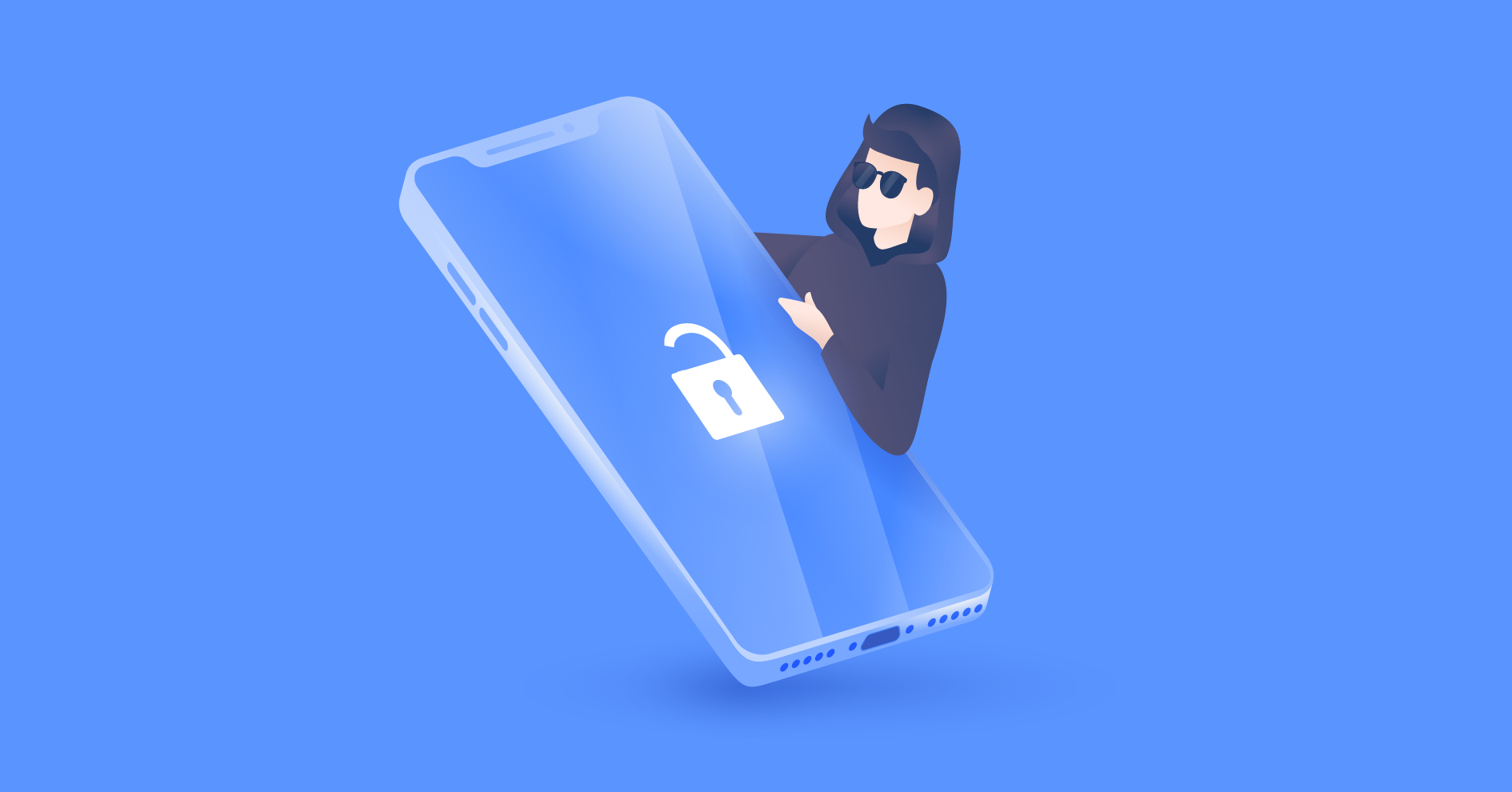9 out of 10 Americans are concerned that their smart devices know too much
We all love Internet of Things (IoT) devices – they make our lives so much easier. You don’t need to ask the neighbor to check on your dog while you’re at work; you can use a smart home camera for that. And no more rushing back from work to clean up before the guests arrive – just open an app on your phone and send your robot vacuum to mop the floors.
However, NordVPN’s research shows that 9 out of 10 Americans are concerned that their smart devices know too much about them. And with good reason.
Americans and IoT: it’s complicated
IoT devices are extremely vulnerable to cyberattacks. They are easy to break into and take over, as multiple recent incidents have shown. Smart home devices can become a security problem if you’re not careful with them. Some collect a lot of information about their users, which is meant to be used for development and improvements, but if it ends up in the wrong hands, it could lead to something more sinister. And when you have absolutely no idea how your home security software works, you’re likely to become an easy target for criminals.
According to NordVPN’s new research, more than half of IoT users in the US are aware of these dangers. Americans really don’t trust their smart home devices:
- 54% are concerned they will get hacked.
- 53% are worried that their IoT devices track everything they do.
- 50% think their devices are listening and recording even when unprompted.
This leads to nearly 9 out of 10 Americans believing that smart home devices can record details of their personal habits.
Why IoT devices are vulnerable and dangerous
While IoT users might be worried, few are taking any additional security measures. IoT devices often have very limited computing power, so it’s challenging to add a functioning security mechanism. Most of them are limited to a username and password – and that’s one of the main problems. A lot of IoT devices have default credentials, like “admin/admin” or “user/1234” that can be found on Google in seconds. People rarely take time to change those passwords, making them an easy target.
Furthermore, IoT devices are notorious for harvesting data. And the major concern for Americans seems to be the fact that their smart home devices are spying on them and reporting to the manufacturer. But even when people know for a fact that their home camera might be spying on them and are disturbed by it, they still bring them into their homes.
Put simply, people are willing to give away their privacy for the comforts of modern life. A busy city-dwelling individual doesn’t have time to go back and check whether they’ve turned their heating off or not. They would much rather use an app to do it while they commute to work.
How to protect your IoT devices
IoT devices are useful, fun, and really do make our lives easier. So you don’t have to ban them from your life completely. Instead, implement some safety measures to make sure your data and privacy are protected while using them.
- Change the passwords. As soon as you set it up, change the default login and password of your smart device. And make sure you use a different one for every account. Use a NordPass password manager and a password generator for the best results. It’s a simple thing to do, but it will make a world of a difference when it comes to your devices’ security.
- Update regularly. Once a month, go over your devices and check to see if there are any updates, or set them to update manually. Updates often include patches for known bugs and security loopholes, so don’t skip them.
- Turn off features you don’t use. Speakers and microphones are not always necessary, but they are very useful in a criminal’s hands. The same goes for the Wi-Fi connection in your fridge and similar features. It’s an unnecessary risk, so consider disabling them.
- Turn off Bluetooth when you’re not using it. Many smart devices connect to a smartphone via Bluetooth, and most users leave it on 24/7. This is a dangerous habit you should break. You can read more about Bluetooth vulnerabilities in our blog post.
- Create a local area network. Connect your smart devices to their own local network – this way, if one of them gets infected, it won’t spread to every device in the house that happens to be on the same Wi-Fi.
- Use a VPN to secure your connection. Install NordVPN on your Wi-Fi router to protect your whole network with encryption. With a VPN on your router, every device that connects to it will be safe from snoopers. And there’s no limit to how many devices you can protect on your Wi-Fi; a single NordVPN account can cover the whole household. Here’s a tutorial on how to install a VPN on a router if you need some help.
To learn more about the IoT, head over to the NordVPN Research Lab.
Protect your IoT devices with NordVPN. Try it free for 30 days!

